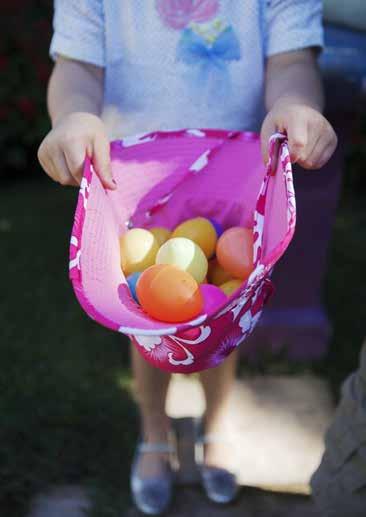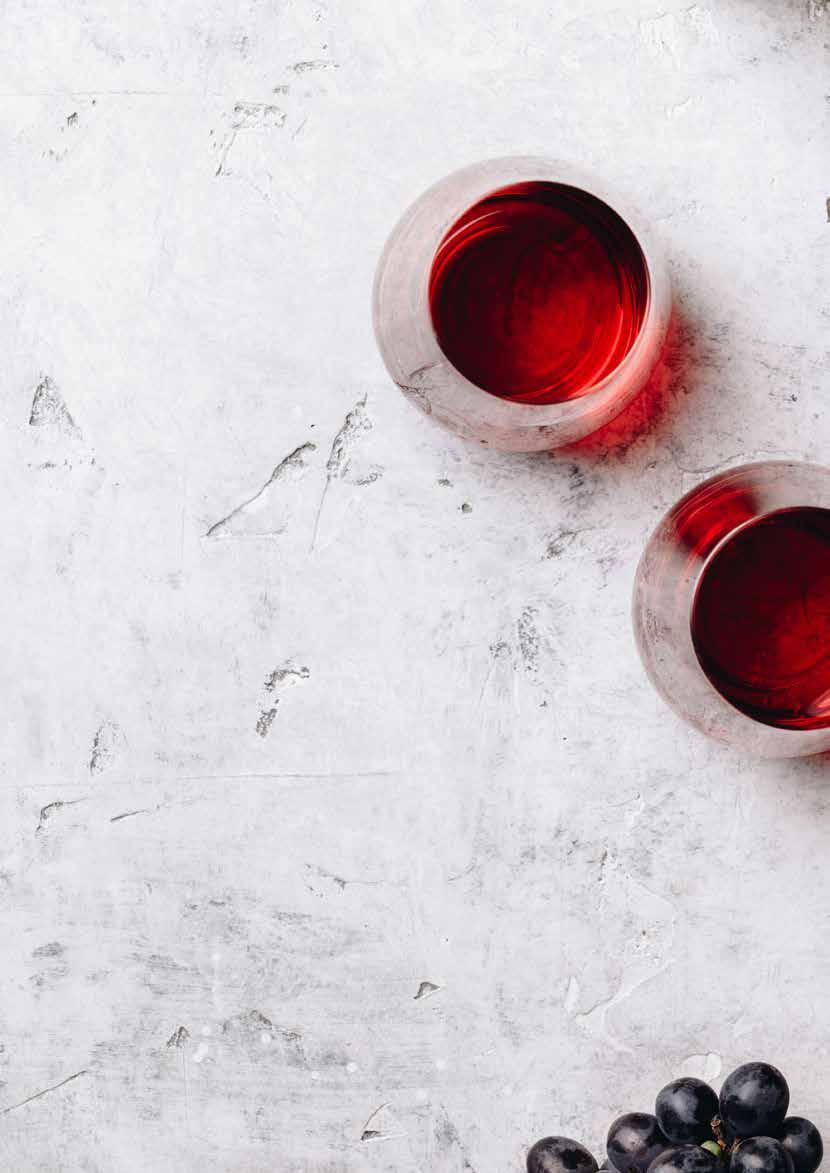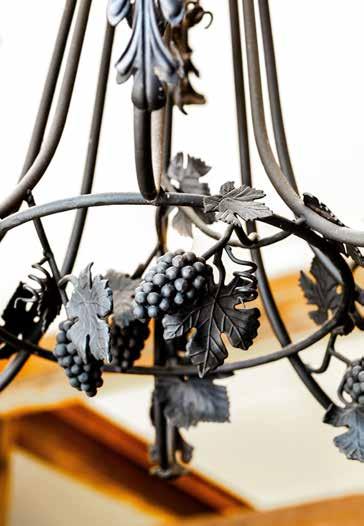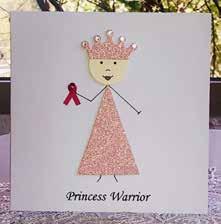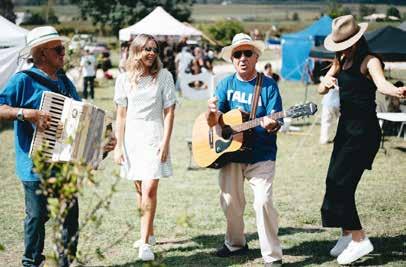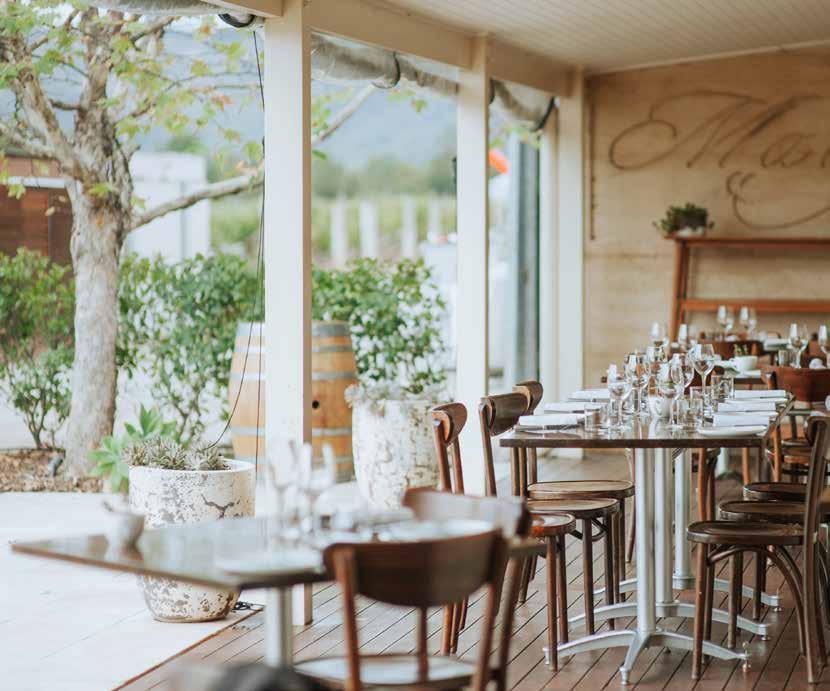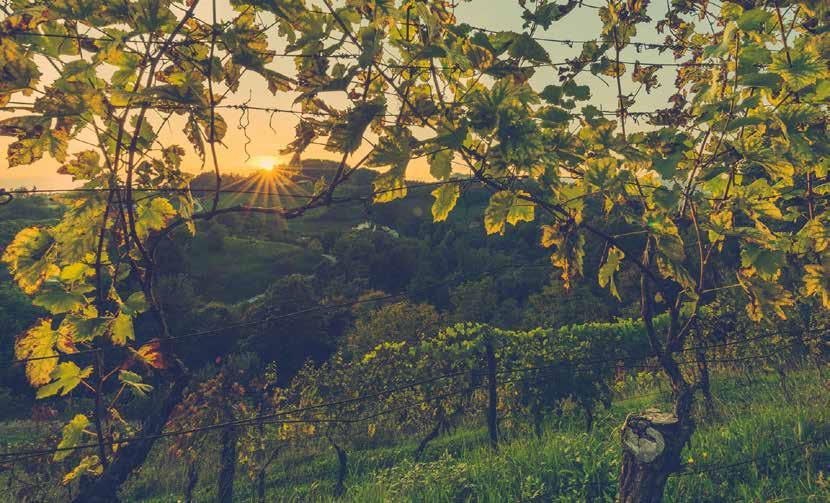Signature WINES Standing on the Shoulders of Giants
WORDS Quentin von Essen
The Hunter Valley is the country’s oldest and premier wine region, where the pleasures of eating and drinking wine are celebrated daily. This exquisite area has been built on 185 years of passion and dedication to the craft, resulting in the production of many world-class wines and in particular some of the world's best and most distinctive styles of Semillon and Shiraz which are the hallmark of this region. The most recognised of these is Hunter Valley Semillon – the Hunter Valley’s flagship variety providing a truly outstanding example of this wine in terms of quality and taste and with a style that has not been replicated anywhere else in the world. As a cellaring wine, it is one of the greatest whites in the world and can live for a good 20 years, often much longer. Other varieties grown include Shiraz, Cabernet Sauvignon, Merlot, Pinot Noir, Chardonnay and Verdelho which have all produced great Hunter wines. The region is also home to a talented list of winemakers who are at the forefront of innovative and new varieties that include Pinot Grigio, Viognier, Gewurztraminer, Chambourcin, Sangiovese and Barbera amongst others. Of the more than 140 cellar doors making up the various Hunter Valley wine trails, you would be hard-pressed to find one that did not include a Semillon or Shiraz amongst their flagship or most awarded wines.
So, what makes a flagship wine?
It’s a very subjective category with different winemakers or vignerons providing very different responses on what they consider to be the makings of a flagship wine. The term "signature" or "flagship" wine does not have a specific definition within the wine industry, so there are no hard and fast rules dictating how a winery chooses their flagship wine or even if they have one. If a winery does have a flagship wine it could be based on their most awarded wine; a winemakers favourite wine that he or she produced or one that the winemaker believes best represents the style that he or she is trying to achieve. At the end of the day, the common theme amongst winemakers is that these are not wines made from a desire to have a flagship wine or to aspire to icon status. Instead, these are wines of exceptional quality – wines that reflect the characteristics specific to the winemaker’s vineyard and reflects the typical style of the person who has made it. A wine that
yhv 34 | MAR-APR 2020
embodies the grape varietal and region in which it was grown. The benefit of having a flagship wine is that it enables consumers to be able to recall, differentiate and recognise the winery. It doesn’t have to be based on a grape variety, but instead could be a blend, a wine style, such as sparkling or Rosé, or even a unique winemaking technique. This principle also applies to wine-growing regions throughout the world with some wine regions receiving global recognition for producing excellent wines amongst certain varieties. For France (Burgundy) it’s Pinot Noir and Chardonnay; for Italy (and in particular Tuscany) it’s Sangiovese; in Southern Italy it’s Taurasi; in South Africa its Chenin Blanc and the unique variety of Pinotage; in Argentina it’s Malbec; for Chile its Cabernet Sauvignon; for New Zealand, it’s Sauvignon Blanc; for Portugal (Madeira) it’s Verdelho and for the major Spanish wine regions it’s Tempranillo. Closer to home the flagship variety for the Hunter Valley is its worldfamous Semillon which wine critic Jancis Robinson once described as "Australia's wine gift to the world" and Shiraz. For the Swan Valley, it’s Verdelho and South Australia’s Clare Valley is better known for its Riesling. In the Yarra Valley and the Tamar Valley in Tasmania, the flagship variety is Chardonnay and Pinot Noir. The Barossa Valley is primarily known for its red wine, and in particular Shiraz and for the Margaret River, it’s Cabernet Sauvignon. These flagship varieties serve as a means to attract consumers to a wine region or a particular winery and to experience all the other varieties and everything else on offer in the region – wines that are of exceptional quality, that are emblematic of the region, terroir, winemaker, and grape.

